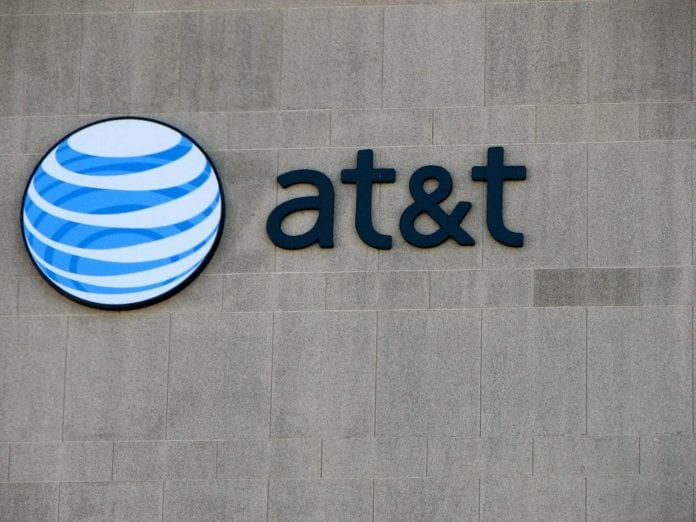John Stephens talks move from hardware to software, FirstNet, spectrum and 5G
During the ongoing Oppenheimer Technology, Internet and Communications Conference, John Stephens, AT&T senior executive vice president and chief financial officer, explained how replacing hardware with software is a key part of the carrier’s long-term financial plans. “As we move forward,” Stephens told Oppenheimer Managing Director Tim Horan, “we believe that the next generation of products and services are going to be software-focused.”
He explained that smartphones function not only as communications devices, but also as flashlights, radios and cameras. Those functions, he said, have “all been converted from hardware to software. That’s what we’re doing with our core network, that’s what we’re doing with our products.” Rather than replacing a piece of hardware in the field, an over-the-air software update creates the same result. “When you do that you make capex more efficient and you make, if you will, truck rolls and operating cost expense more efficient.”
AT&T’s former-ECOMP virtualization software, taken open source through the Linux Foundation and combined with Huawei’s OPEN-O code under the new name Open Network Automation Platform (ONAP), helped the operator virtualize 34% of its network functions by the end of 2016. Stephens said that figure was 40% at the end of June, with a short-term goal of 55% at the end of 2017, and 75% software control of the network by 2020. “We hope to beat that. It’s a real and effective tool for us, and allows us to be very competitive with pricing. We’re taking the savings we have…and reinvesting it to continue the cycle. Let’s go get it done as efficiently as possible. When we get into that 75% level, we believe we will see this real capex efficiency as well as continued cash operating expense efficiency.”
Onto FirstNet, Stephens explained how the carrier plans to work with federal partners to deliver a nationwide LTE network dedicated to first responders, while leveraging $6.5 billion in federal funding, as well as access to nationwide 700 MHz spectrum, to bolster its own operations.
“The process is moving faster than we expected,” Stephens said, citing the 11 states and one U.S. territory that had opted-in at the time of his comments. “The opportunity is we had some WCS spectrum and AWS-3 spectrum that we had not yet placed into service in any significant way. With the 20 megahertz of 700 [MHz spectrum] that we get from FirstNet, and the funding from FirstNet to put into service, we can put all…60 megahertz of spectrum into service at the same time. Pay for one tower climb and get three units of spectrum put into service at the same time. You get tremendous coverage across the country. You take your 100 megahertz of low- and medium-band spectrum and take it up to 160 [megahertz], but all of the new spectrum is going to go in at LTE or, eventually, 5G speeds. That opportunity, along with the continued development of 5G, we believe will allow us provide a tremendous broadband mobile experience. Combined with our fiber build out and our 5G build out, we believe we can be very attractive and very successful.”
On 5G, Stephens discussed pre-standard “5G Evolution” service being provided in Austin, Texas, and Indianapolis, Ind., as indicative of the benefits 4×4 MIMO, 256 QAM and carrier aggregation can bring to the end user. “I believe it’s a part of an overall solution that has the customer at the center…with this vast array of network assets that allows us to do it more effectively and more efficiently than anybody else.”
A webcast of the discussion is available on AT&T’s investor relations webpage.

